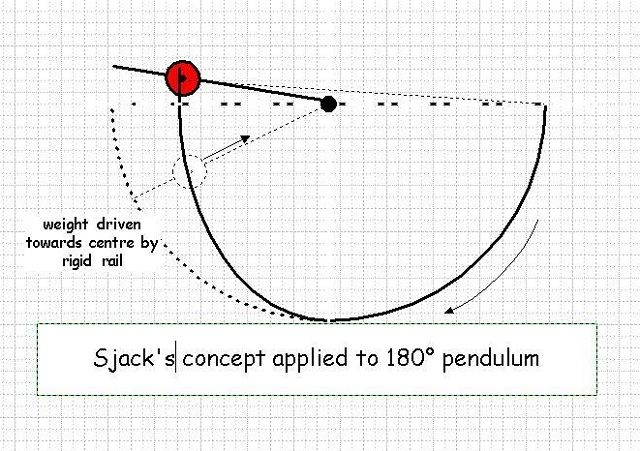@ cloud camper.cloud camper wrote:Apparently you have not considered the possibility that the wheel could be balanced at certain positions and unbalanced at others.jim_mich wrote:They were balanced when stationary and I'm quite sure remained balanced when rotating. Bessler said the weights of his wheels gained force from their motions. Gravity cannot rotate a balanced wheel. Which is why it needed to be push started.
This would be identical behavior to the child's playground swing. When the child is straight up and down the system is balanced. Then when the swing is at the extremities, the system is unbalanced. The system then oscillates between the balanced and unbalanced nodes.
My four weight simulation solution behaves in exactly this manner. One of the weights is always extending to the rim while the other is retracting just as you say. But the other two are doing something else. The two weights simultaneously extending and retracting compare exactly to the child's legs extending and retracting, pumping the wheel instead of the swing.
At the balanced nodes a small push start is required. At the unbalanced nodes, the system will self start, again just like the playground swing.
The peacock's tail effect then occurs halfway between the balanced and unbalanced nodes and appears four times per wheel revolution.
The child's playground swing then becomes a proper subset mathematically speaking of the four weight rotary solution. I see no way to produce the effect with just two weights so we will have to agree to disagree on that point!
I would actually consider the child's playground swing to be the two weight solution as the child's body acts as one weight and the legs as the other.
Re-reading your post I can see that your swing action is obviously on the right track. What I have done is to simplify the action by inverting it so that the rider is upside down at the top and the chain is bent near the top. This inversion reminds me of something similar I devised earlier in my career. I wrote it up somewhere. I'll have to see if I can dig it out.


